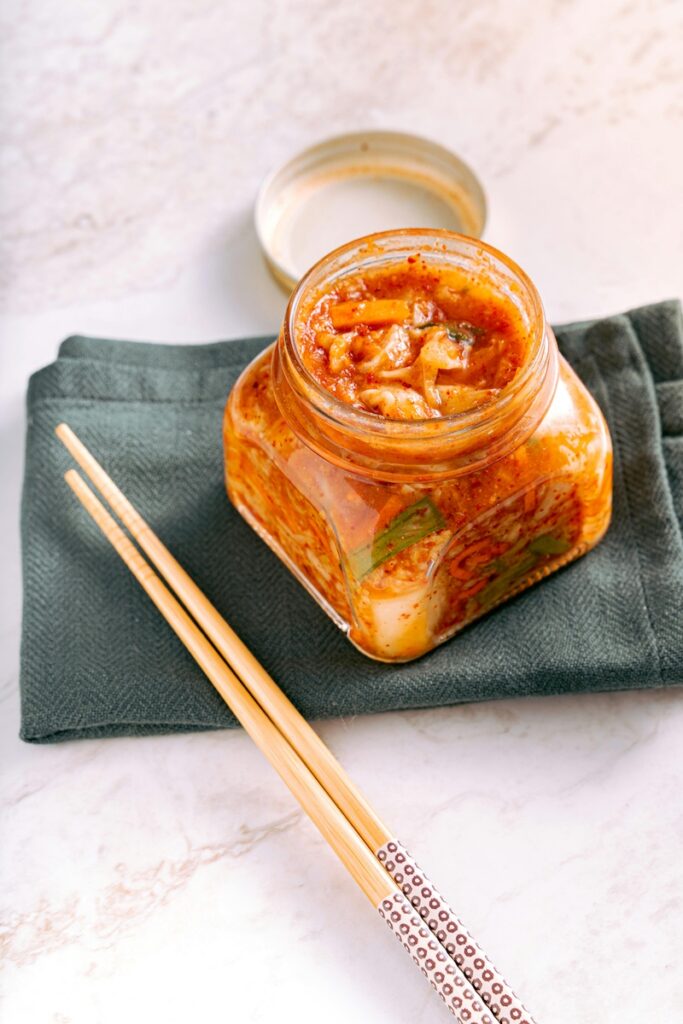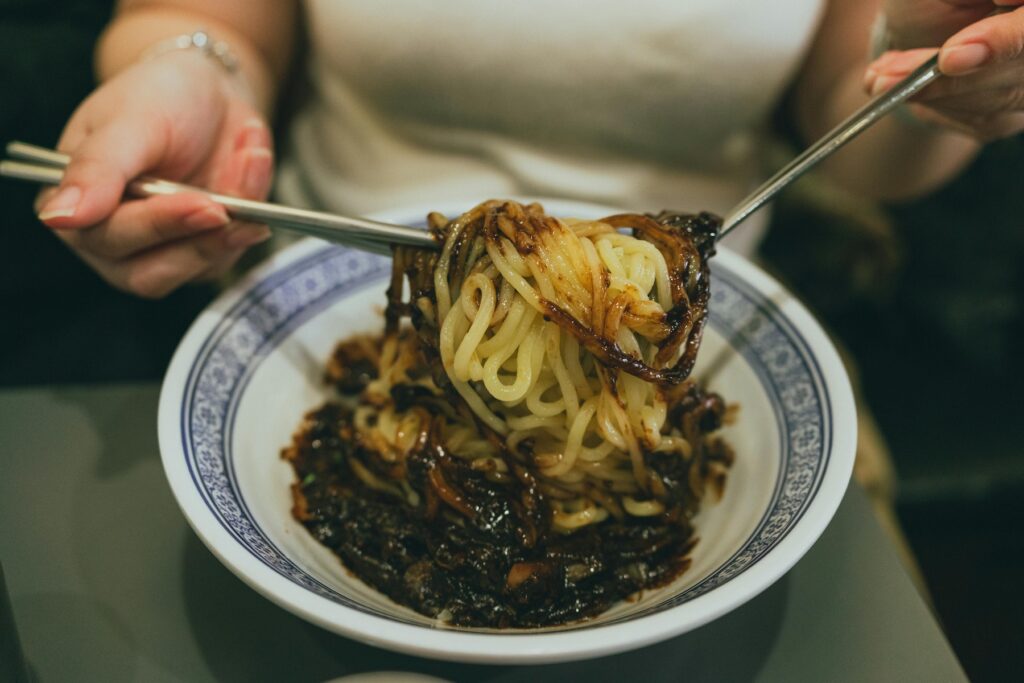Introduction: When Sauce Becomes Culture
For many travelers in Korea, the first “food culture shock” doesn’t come from spicy kimchi or sizzling BBQ — it comes from the sauces.
Imagine sitting in a Korean restaurant. The meat is grilled, the rice is steaming, and there are dozens of colorful dishes on the table.
Then comes a small bowl of thick red sauce — and a foreign visitor asks, “Is this spaghetti sauce?”
For Koreans, that moment is both endearing and familiar. It happens often — and it reminds everyone how deeply the idea of ‘jang (장)’, or fermented sauce, is woven into Korean life.
Understanding gochujang, doenjang, and ssamjang isn’t just learning about food — it’s understanding Korea itself.
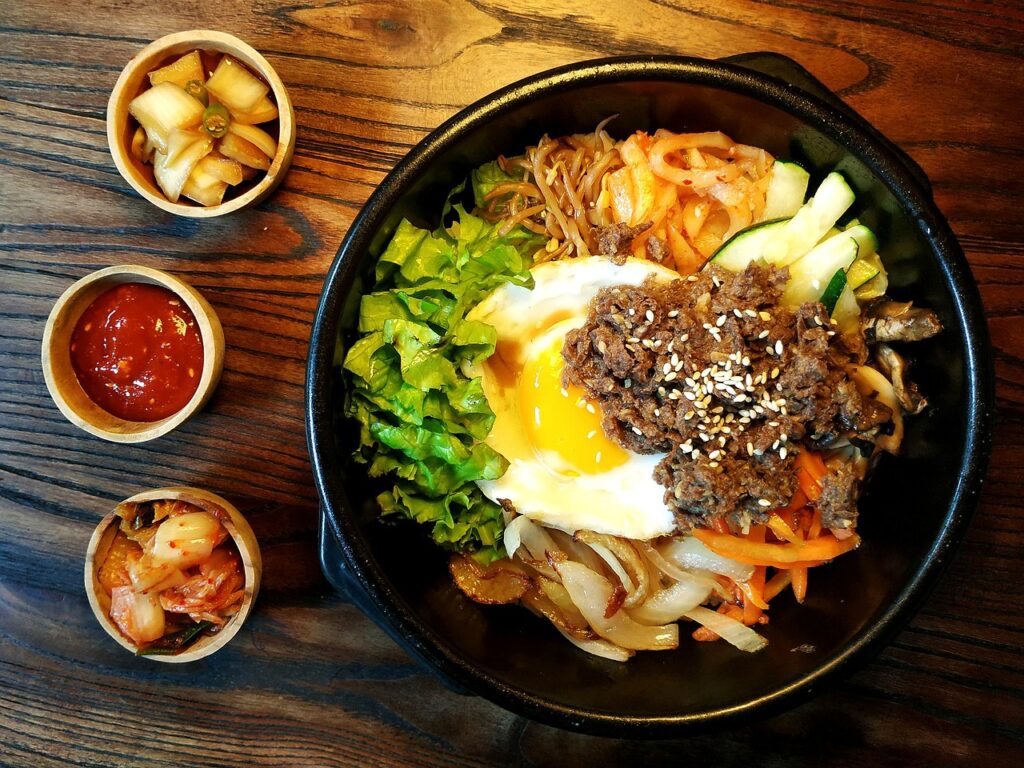
Why Sauces Matter in Korean Food Culture
In Korean cuisine, sauces are not condiments — they are the foundation of flavor.
Where Western cuisine might rely on herbs and cheese, Korean cooking finds its soul in fermentation — the slow, natural process that deepens flavor and preserves nutrition.
These sauces represent the three main flavor pillars of Korea:
- Gochujang (고추장) – Spicy, sweet, and bold
- Doenjang (된장) – Earthy, deep, and comforting
- Ssamjang (쌈장) – Balanced, savory, and friendly
Each “jang” carries hundreds of years of history, shaped by Korea’s climate, culture, and communal spirit.
Gochujang: The Fiery Red Symbol of Korea
If kimchi is the heart of Korean side dishes, gochujang is the beating pulse of its flavor.
Made from red chili peppers, glutinous rice, fermented soybeans, and salt, gochujang is aged for months in large earthenware jars (onggi) under the sun.
The result? A spicy-sweet paste that defines countless dishes — from bibimbap to tteokbokki.
Foreign visitors often expect it to taste like hot sauce, but it’s more complex. Gochujang’s heat is slow and layered, its sweetness subtle, its depth almost smoky.
It’s not meant to overpower — it harmonizes with rice, meat, and vegetables.
How to Enjoy Gochujang Properly
- Mix a spoonful into bibimbap (rice bowls with vegetables).
- Use it in spicy marinades for chicken or pork.
- Add it to soups for warmth and color.
- Or simply stir it into rice with sesame oil — a simple, satisfying comfort food Koreans grew up with.
Gochujang is Korea’s identity in a jar — passionate, balanced, and addictive in the best way.

Doenjang: The Earthy Soul of Korean Cuisine
Where gochujang burns bright, doenjang grounds you.
This thick, brown soybean paste is the backbone of Korean home cooking, made by fermenting soybeans and brine for months — even years.
It’s rich in umami, full of probiotics, and deeply comforting. Every Korean family has its own variation, often inherited from mothers and grandmothers.
The star dish, doenjang-jjigae (된장찌개), is a humble stew that defines everyday Korean meals.
It’s not fancy — it’s simple, warm, and restorative.
To Koreans, it’s the taste of home.
Doenjang vs. Miso — Common Confusion
Foreigners often compare doenjang to Japanese miso, but they’re very different siblings.
- Doenjang is stronger, saltier, and chunkier.
- Miso is milder and smoother, often slightly sweet.
Doenjang carries the earthiness of rural life, the kind of flavor that feels ancient — honest and nourishing.
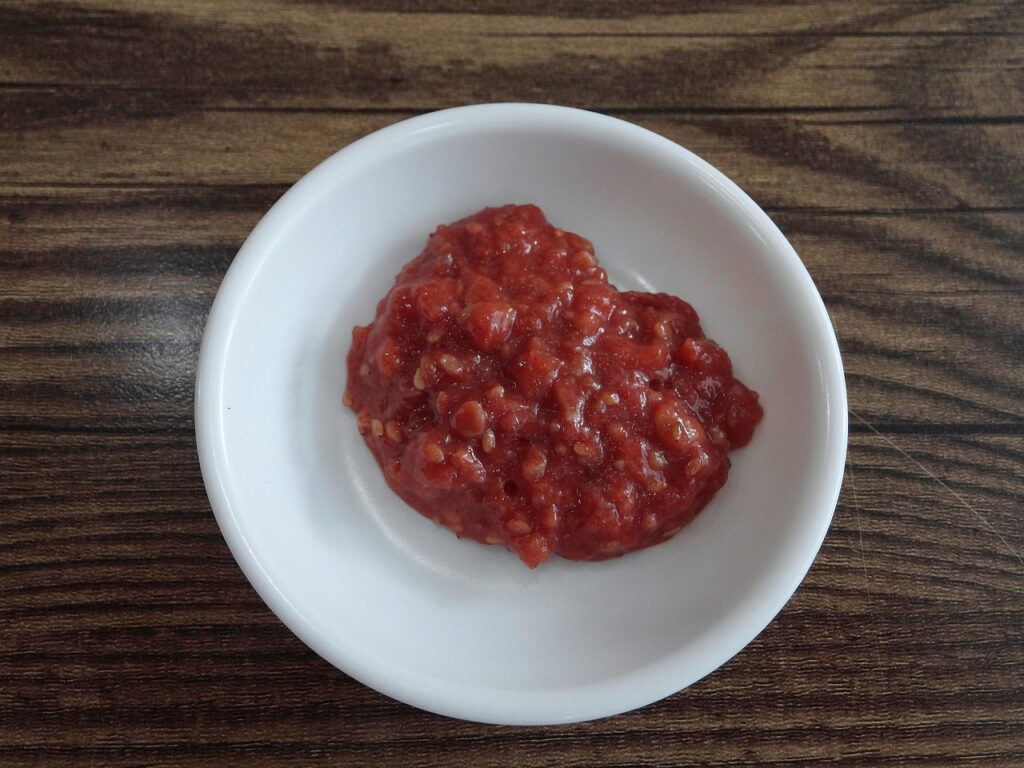
Ssamjang: The Friendly Flavor of Togetherness
If gochujang is passion and doenjang is depth, ssamjang is harmony.
A perfect blend of the two, ssamjang literally means “wrapping sauce” — the finishing touch in Korean BBQ culture.
It’s made from gochujang, doenjang, garlic, sesame oil, onions, and a touch of sugar.
Ssamjang is the sauce that completes the ritual of wrapping grilled meat (samgyeopsal) in lettuce with rice and garlic — a full meal in one bite.
A Common Scene: The Spaghetti Sauce Confusion
Many foreign visitors, especially first-timers, see ssamjang for the first time and ask,
“Is this pasta sauce?”
The table laughs gently. Someone explains: “No, it’s ssamjang — try it with lettuce and meat.”
That small act — of sharing, teaching, and smiling — captures what Korean dining is about: community, patience, and warmth.
The Cultural Meaning of ‘Jang’: More Than Flavor
In Korean, the word 장 (jang) doesn’t just mean sauce. It carries connotations of time, patience, and care.
To make traditional jang, families used to gather soybeans, boil them, form them into bricks (meju), and hang them in the winter air to dry — a slow, meditative ritual.
When visitors taste gochujang or doenjang, they’re not just tasting a recipe.
They’re tasting history, family, and preservation — the ancient art of waiting for flavor to mature.
In many ways, jang represents Korea’s philosophy of balance: nothing wasted, everything respected, and time as an ingredient.
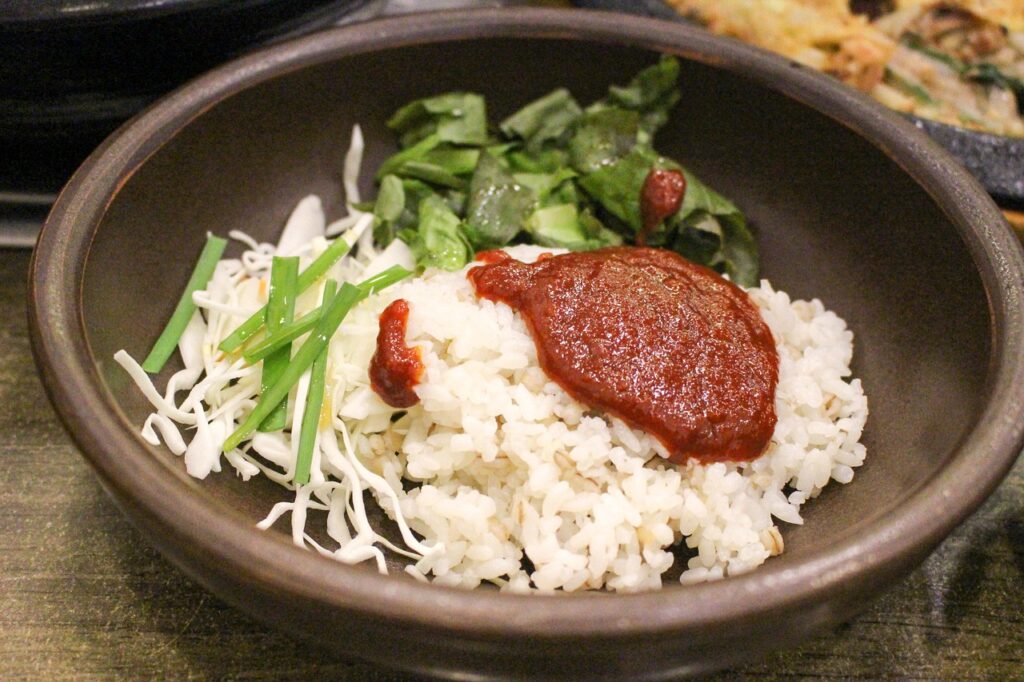
Foreigners, Confusion, and the Charm of Discovery
Every foreigner has a “jang story.”
Someone dips a spoon into ssamjang thinking it’s marinara.
Another tastes doenjang-jjigae and calls it “Korean miso soup.”
Or a first-timer spreads gochujang too thickly and cries from the heat — only to laugh moments later.
Koreans don’t mock these moments; they cherish them.
Because food, to them, is not just about getting it right — it’s about sharing the experience.
When a local leans over to say, “Try this instead,” it’s not correction — it’s connection.
Where to Try Authentic Korean Sauces in Seoul
If you’re in Seoul, here are a few places to explore authentic jang-based dishes:
- Gwangjang Market (광장시장): Try bibimbap with homemade gochujang.
- Namdaemun Market (남대문시장): Local eateries serve doenjang-jjigae made with handmade paste.
- Mapo BBQ Alley (마포 고기골목): Experience ssamjang with sizzling pork belly.
- Bukchon Hanok Village (북촌한옥마을): Traditional restaurants serve jang-based side dishes in hanok settings.
Tips for First-Time Visitors
- Don’t taste the sauce by itself — it’s meant to blend with food.
- Ssamjang pairs perfectly with grilled meats and lettuce wraps.
- Doenjang is salty — a little goes a long way.
- Gochujang can be spicy for beginners — start with small amounts.
- Ask locals for pairing tips — they love to share.
Conclusion: Understanding Korea, One Sauce at a Time
To understand Korea, start not with temples or K-pop, but with a spoonful of jang.
Each sauce tells a story: of patience, warmth, and community.
Gochujang shows passion.
Doenjang shows wisdom.
Ssamjang shows harmony.
Together, they represent Korea’s philosophy of balance — between spice and calm, individual and collective, old and new.
So next time you sit at a Korean table and wonder what that little bowl of red or brown paste is, don’t hesitate.
Mix it, taste it, and you’ll discover what every Korean already knows:
flavor is connection.
